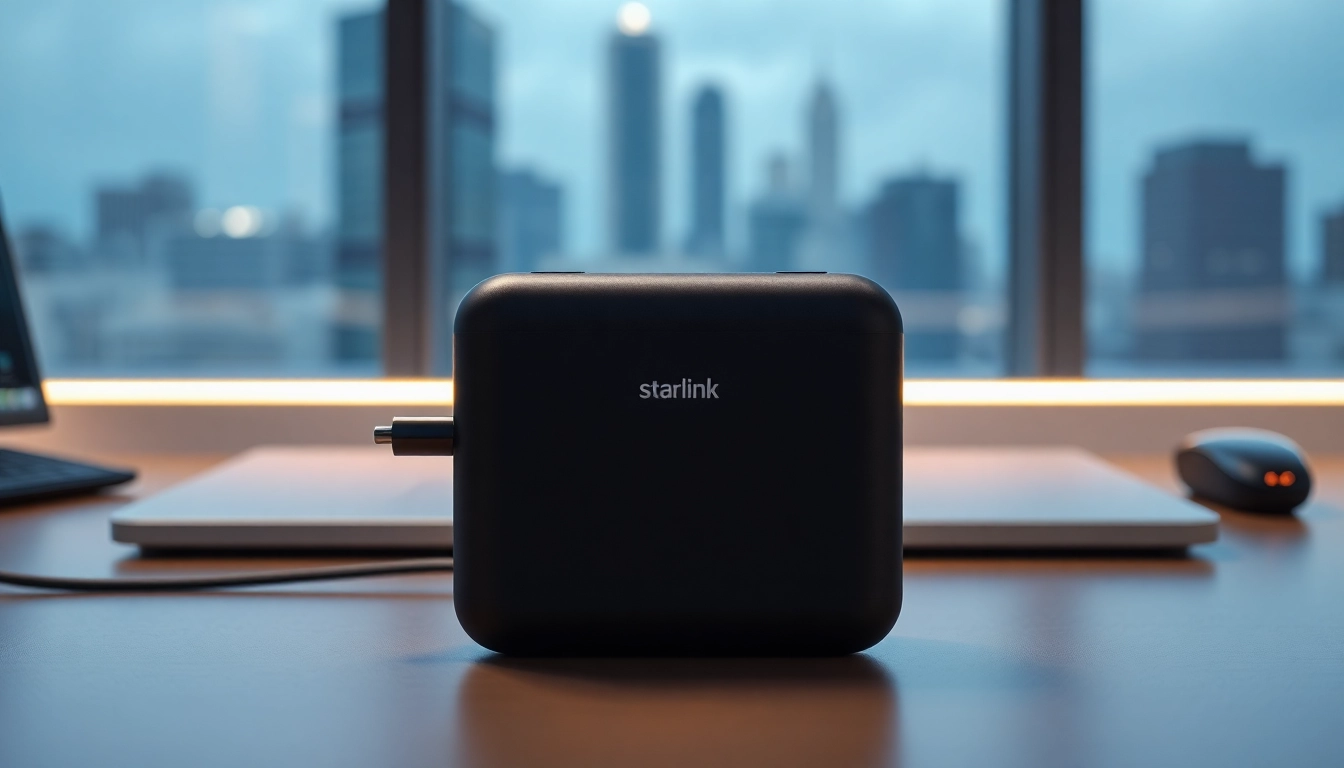Understanding the Ai Detector
What is an ai detector?
An ai detector is a specialized tool designed to identify whether the content has been generated by artificial intelligence. As AI technology evolves, so does its application in various fields, leading to an increasing need for mechanisms that can differentiate between human-written and AI-generated text. These detectors are especially crucial in contexts where authenticity is paramount, such as academia, journalism, and content marketing. They employ complex algorithms and machine learning techniques to analyze text and produce results indicating the likelihood of AI involvement in its creation.
How does the ai detector work?
The functioning of an ai detector is anchored in a combination of linguistic analysis, machine learning models, and statistical inference. Here’s a breakdown of the process:
- Text Analysis: The detector begins by breaking down the input text into its fundamental components, including syntax, semantics, and structure. It looks for patterns and discrepancies that differentiate AI-generated text from human writing.
- Machine Learning Models: These models are trained on vast datasets of both human-authored and AI-generated content. By analyzing this data, the models learn to recognize subtle cues and styles typical of AI writing.
- Classification Algorithms: After analysis, the text undergoes classification to determine its likely origin. Detectors use various algorithms to calculate an AI score, indicating the probability of whether the content was created by AI or a human.
- Feedback Loops: Some advanced models incorporate feedback mechanisms, adapting based on new trends or writing styles that emerge in AI content as technology continues to evolve.
Benefits of using an ai detector
The adoption of an ai detector brings with it a multitude of advantages:
- Ensures Content Authenticity: In environments like academia and journalism, being able to verify the authenticity of content is essential. Detectors help maintain integrity by revealing AI involvement.
- Reduces Misinformation: By identifying AI-generated content, detectors play a role in decreasing the spread of misleading information, particularly in the age of social media.
- Enhances Learning and Assessment: In educational settings, using ai detectors can promote academic honesty and encourage students to produce original work.
- Supports Quality Control: In content marketing and writing, ensuring that material is human-generated can enhance the quality and connection with the audience.
Common Applications for the Ai Detector
Academic integrity and the ai detector
Academic institutions face mounting challenges with student plagiarism and the use of AI to generate essays and reports. The implementation of an ai detector can uphold academic integrity by:
- Identifying Generated Text: By checking submitted papers against potential AI sources, educators can detect submissions that students may not have written themselves.
- Encouraging Original Thought: Students are incentivized to develop their writing skills and engage deeply with materials when they know their work will be assessed for originality.
- Streamlining Assessment: With an ai detector, educators can spend less time on manual reviews and more on meaningful feedback, enhancing the educational experience.
Content creation using the ai detector
In the realm of content creation, the use of an ai detector is becoming increasingly critical. Content marketers, bloggers, and businesses rely on authentic, engaging material to capture their audience’s attention. Detecting AI-generated text can help ensure creative authenticity:
- Maintaining Brand Voice: By verifying that content adheres to a human tone, brands can maintain a consistent voice across all communications.
- Avoiding Content Duplication: Detectors can help avoid nutritional redundancy in content strategies, thereby keeping the content fresh and unique.
- Enhancing Engagement: Content that resonates with readers tends to be crafted with a human touch, potentially leading to increased engagement metrics, such as shares and comments.
Professional uses for the ai detector
Various industries, including law, journalism, and corporate settings, are also leveraging ai detectors to enhance decision-making and ensure accuracy:
- Legal Compliance: In legal documentation, ensuring authenticity is crucial to uphold standards and prevent fraud.
- Journalistic Integrity: Reporters can ensure that the sources they cite are authentic, which is particularly important in a time of rampant misinformation.
- Human Resources: In hiring processes, employers can evaluate the authenticity of application materials to ensure they genuinely reflect candidates’ abilities.
Choosing the Right Ai Detector Tool
Factors to consider in an ai detector
When selecting an ai detector tool, certain factors should be assessed to ensure efficacy and reliability:
- Accuracy: Look for tools with proven track records for accuracy in detecting AI-generated content. Research user experiences and case studies to gauge effectiveness.
- User-Friendliness: A well-designed interface is essential, particularly for non-tech-savvy users. The tool should be easy to use without sacrificing functionality.
- Language Support: For global applications, ensure that the detector can analyze texts in multiple languages for broader utility.
- Cost-Effectiveness: Evaluate whether the pricing structure aligns with your needs, especially when considering volume or frequency of use.
Comparing popular ai detector options
As the market for ai detectors continues to grow, it’s crucial to differentiate between available options. Consider the following criteria while comparing:
- Features: Some tools offer additional features like writing style analysis, plagiarism checks, or integration with content management systems.
- Customer Reviews: User feedback can provide insight into real-world performance and customer support responses.
- Trial Periods: Many tools offer trial versions, allowing users to assess functionality and effectiveness before commitment.
How to evaluate an ai detector’s effectiveness
To ascertain the effectiveness of an ai detector, employ the following methods:
- Test with Controlled Samples: Create a mix of AI-generated and human-written content to see how accurately the tool identifies each type.
- Analyze Feedback and Discrepancies: Review results over time and compare them against known benchmarks of performance and user expectations.
- Continuously Update Knowledge: Since AI technology is rapidly evolving, ensure that the detector is equipped to handle new developments in AI writing.
Best Practices for Using an Ai Detector
Maximizing accuracy with the ai detector
For the most effective use of an ai detector, consider these best practices:
- Input Quality Text: Ensure that the text you analyze is well-structured and free of significant grammatical errors, which could jeopardize the results.
- Use Multiple Detectors: For critical assessments, adopting more than one ai detector can minimize individual tool biases and enhance results’ reliability.
- Stay Informed: Regularly update your knowledge about developing trends in AI text generation to understand how different tools adapt.
Integrating ai detector into your workflow
Incorporating an ai detector into your existing workflow can streamline processes significantly:
- Create Standard Operating Procedures: Establish clear guidelines on how and when to use the detector, ensuring uniformity across teams.
- Train Team Members: Provide training on how to effectively use the tool and interpret its results to enhance capacity and confidence in its application.
- Document Findings: By keeping records of checks performed and results generated, you can create a knowledge base that informs future practice.
Avoiding pitfalls when using an ai detector
Though ai detectors are exceptional tools, there are common pitfalls to steer clear of:
- Over-Reliance: Do not rely solely on the detector; use it as one of several tools to assess authenticity and context.
- Misinterpretation of Results: Understand the outputs correctly. High scores may not definitively indicate AI generation but rather signal characteristic traits of AI text.
- Ignoring Contextual Factors: The context and intended audience for a piece of writing can affect interpretation, so consider these extrinsic factors alongside detector findings.
Future Trends for Ai Detectors
Evolving technologies in ai detectors
As AI technologies continue to grow, so too will the capabilities of ai detectors. Some anticipated trends include:
- Greater Sophistication: Future detectors will likely incorporate deeper neural networks, allowing for more nuanced understanding and recognition of writing styles and patterns.
- Real-Time Analysis: Enhanced processing power and algorithms may soon enable real-time detection, providing instant feedback during content generation.
- Integration with Other Tools: Expect wider integration with content creation platforms, making it easier for professionals to check authenticity on-the-fly.
Potential challenges for ai detectors
However, with advancements come challenges that need addressing:
- Adapting to AI Evolution: As AI writing tools become more sophisticated, detectors must continuously evolve to keep pace with new writing styles and patterns.
- False Positives and Negatives: Detectors may struggle to discern particular writing nuances, leading to misjudgments about the content’s origin.
- Ethical Considerations: The balance between surveillance and trust must be navigated carefully, especially in contexts where privacy is a concern.
Advancements in accuracy for ai detectors
With ongoing research and refinement, we can expect notable improvements in the accuracy of ai detectors:
- Informed by Large Data Sets: Increased access to diverse datasets will allow detectors to become more adept at interpreting various writing styles.
- User Feedback Systems: Incorporating user feedback for refining detection methods can lead to tools that learn and improve continuously.
- Collaborative Developments: Partnerships between tech developers and researchers can foster innovation, leading to more potent detection tools.














Leave a Reply